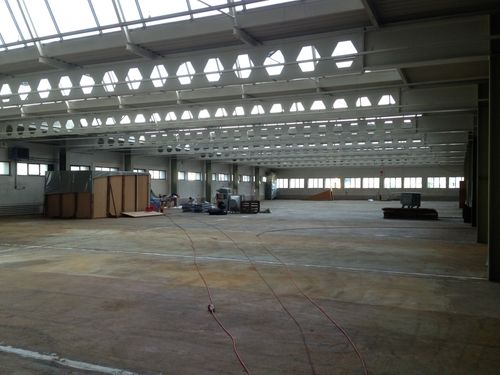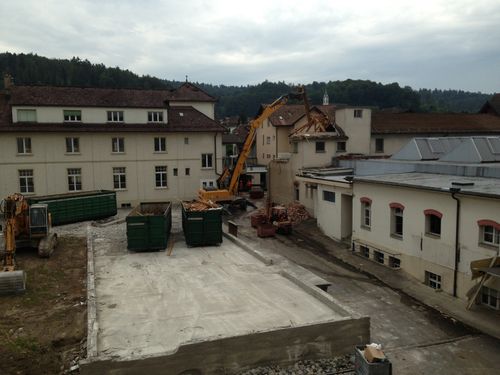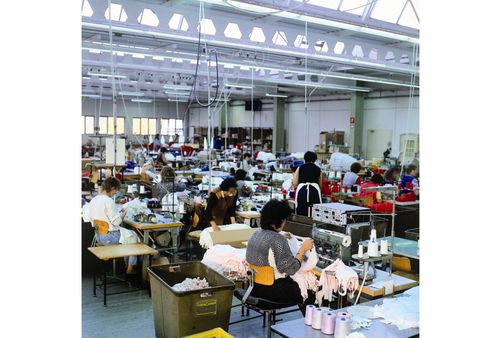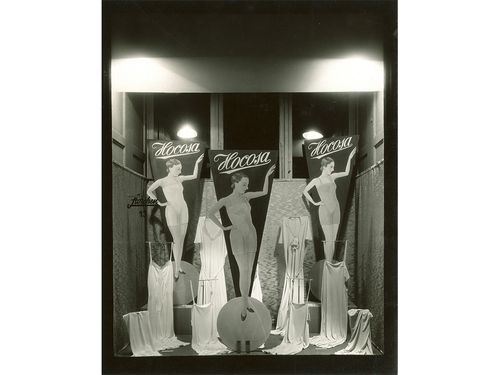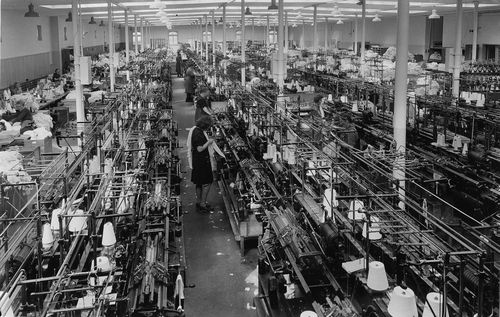History
Classic cars are fascinating – which is why the Emil Frey Group in Safenwil opened Emil Frey Classics in an atmospheric, fully renovated former textile factory.
Here you can find the most important milestones in the development of Emil Frey Classics AG.

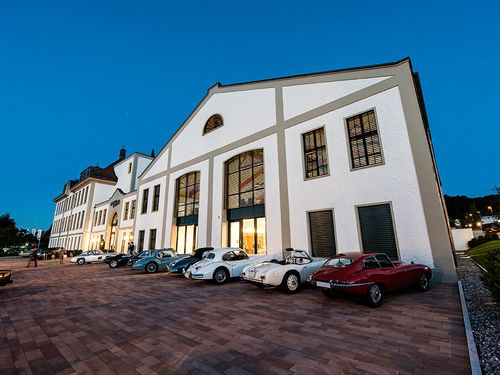
2015
In June 2015 the newly refurbished complex, housing the museum, showroom, event space and lounge, was opened to the public.
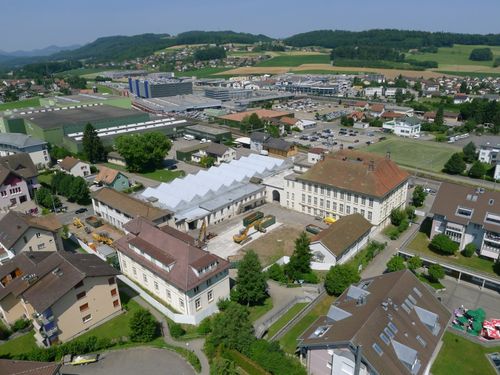
2009
Emil Frey AG leased the old factory grounds from Robert Hochuli in 2009, acquiring the property in 2013.
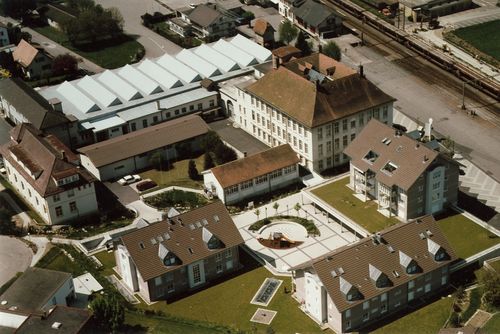
1980
Robert Hochuli, a fourth-generation descendent of the founding family, assumed management of the business in 1980. In 1989, HoCoSa was sold to Sawaco and reduced its manufacturing activities by 1992. After the adjacent plot of land was sold, the Zentrum Safenwil shopping mall opened in 1993.
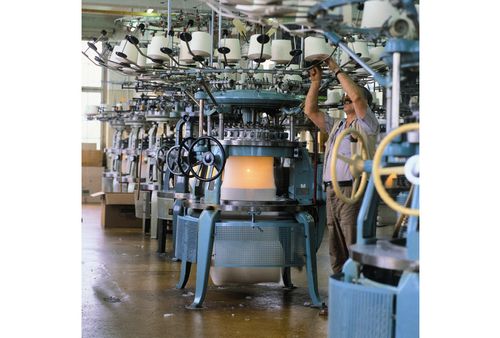
1970
At the beginning of the 1970s, the production hall, which no longer exists today, was modernised one last time to adapt to the needs of that period.
1970
These modernised circular knitting machines were kept on the 2nd floor of the factory building, which still exists today.
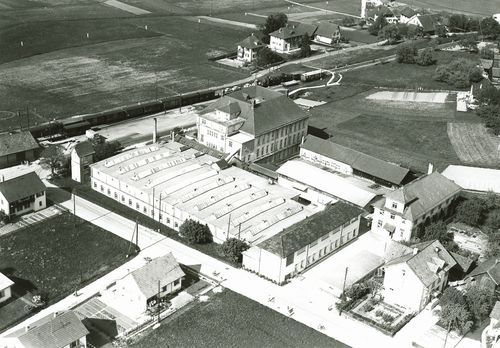
1955
The factory underwent further expansion in the 1950s, with the addition of a two-story office and administration block on the south side of the production building.
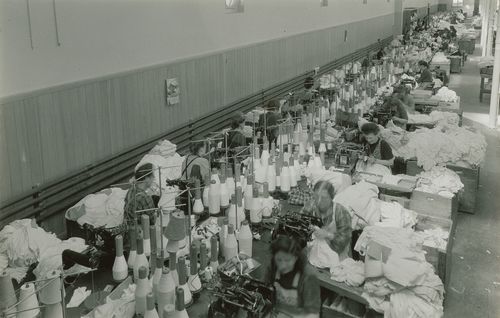
1945
The circular knitting machine room, on the 2nd floor of the factory building, was considered state-of-the-art at the time.
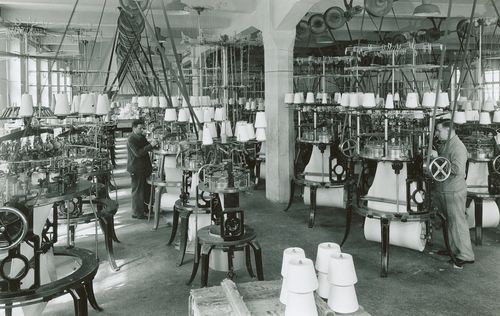
1945
At the edge of the large machine room, seamstresses processed the cut knitted pieces into finished goods.
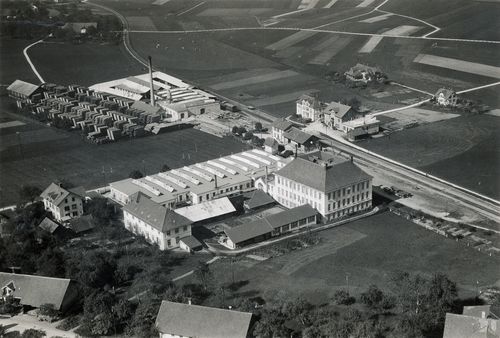
1920
On the east side, the factory added a three-story building that remains standing to this day. It was the work of Armin Meili, a famous Zurich architect and politician. Meili also directed the 1939 Swiss National Exhibition, known as the Landi.
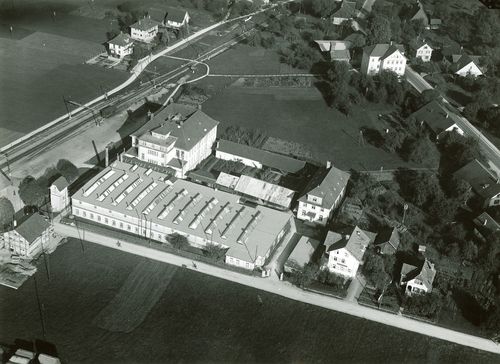
1917
In 1917 the factory underwent its first significant expansion. A new production hall was built on the factory’s original foundation to house the new sideways knitting machines, among other things.
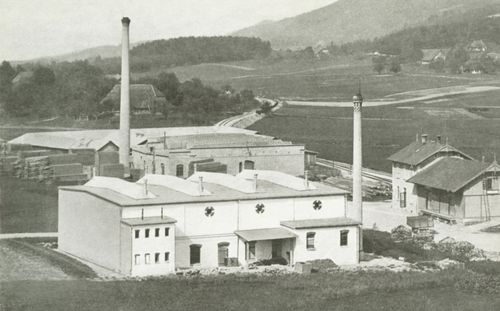
1916
In 1897 Fritz Hochuli founded Hochuli & Co Safenwil (HoCoSa) as a knitwear manufacturer and cotton mill. This was the first factory building (the Safenwil train station can be seen on the right).
